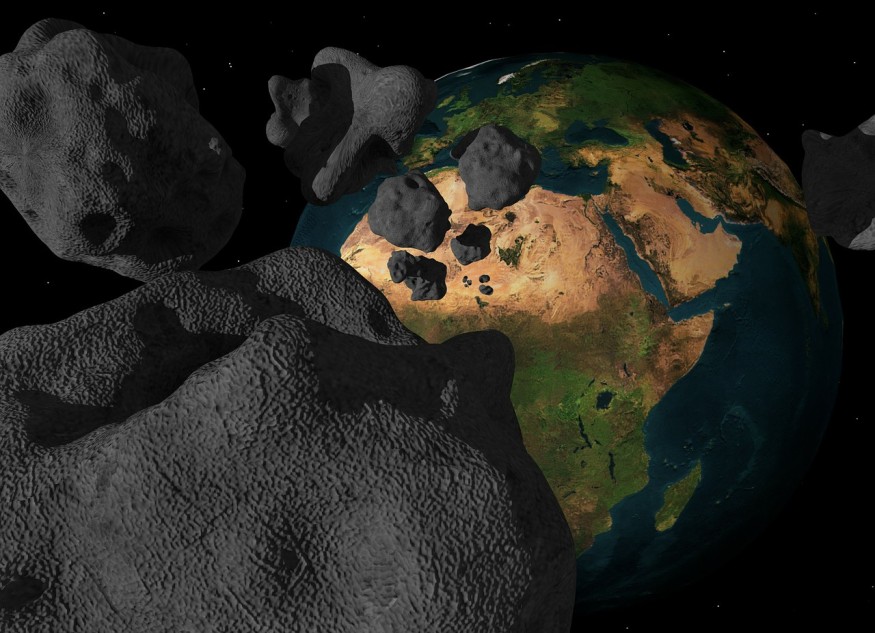A Harvard University-led study reveals that Earth was once bombarded by massive asteroids and comets before that likely delayed the accumulation of oxygen in the atmosphere.
Around 4.6 billion years ago when Earth was formed, the planet almost has no atmosphere. But Earth slowly cooled and its atmosphere started to form although it was mainly made of carbon dioxide and nitrogen, which will still make the planet inhospitable. Eventually, the Great Oxidation Event happened and caused a major shift to the oxygen levels on Earth.

Massive Space Rocks Fall to Earth More Often Than Previously Theorized
During the Archeon eon about 2.5 to 4 billion years ago, it was common for Earth to be hit by massive asteroids and comets that measure over six miles wide.
According to EurekAlert! researchers studied the remnants of ancient asteroids and comets that have hit the Earth billions of years ago. Then they modeled the effects of their collisions to show that they struck Earth more often than previously thought, which altered the chemistry of the planet's atmosphere and delayed the accumulation of oxygen.
Nadja Drabon, a Harvard assistant professor of Earth and planetary sciences, said that without the accumulation of oxygen in the atmosphere, life on Earth will also not exist.
In their study, titled "Delayed and Variable Late Archaean Atmospheric Oxidation Due to High Collision Rates on Earth" published in Nature Geoscience, researchers analyzed records of what appears to be ordinary rocks but were actually ancient evidence of impacts from asteroids and comets called impact spherules.
These rocks melted and vaporized collision to Earth's crust and created a giant plume, wherein droplets of molten rock would condense and solidify and falls back to Earth as sand-sized particles on the planet's surface.
These ancient remnants were difficult to find because they form layers in the rock at about an inch or more. These ancient remnants reveal that Earth likely experienced a higher collision rate roughly every 15 million years or ten times higher than current models.
ALSO READ : Newly Found Sponge-Like Structures Could Push Animal Evolution Back by Several Hundred Million Years
How Did These Impacts Affect Earth's the Atmosphere?
According to Space.com, researchers used their findings to model how these meteorite impacts would have affected the Earth's atmosphere. Their models reveal that repeated collisions of massive space rocks on the planet's surface would have triggered an oxygen sink that would suck most of the oxygen in the atmosphere.
Moreover, the team noted that their findings align with the current geological records that say the Earth has relatively low oxygen levels during the Archeon eon when the planet was constantly hit by massive space rocks. But these impacts have slowed down about 2.4 billion years ago, which increases oxygen levels in the atmosphere and paved the way for life to begin.
Study lead author Simone Marchi from the Southwest Research Institute in Boulder, Colorado said that collisions become progressively less frequent eventually that it cannot significantly alter oxygen levels post Great Oxidation event. By that time, "the Earth was on its course to become the current planet," Marchi said in a statement.
Read also: Earth's Evolution: Photosynthesis Might Have Started 400 Million Years Before the Great Oxidation
Check out more news and information on Evolution in Science Times.
© 2026 ScienceTimes.com All rights reserved. Do not reproduce without permission. The window to the world of Science Times.










